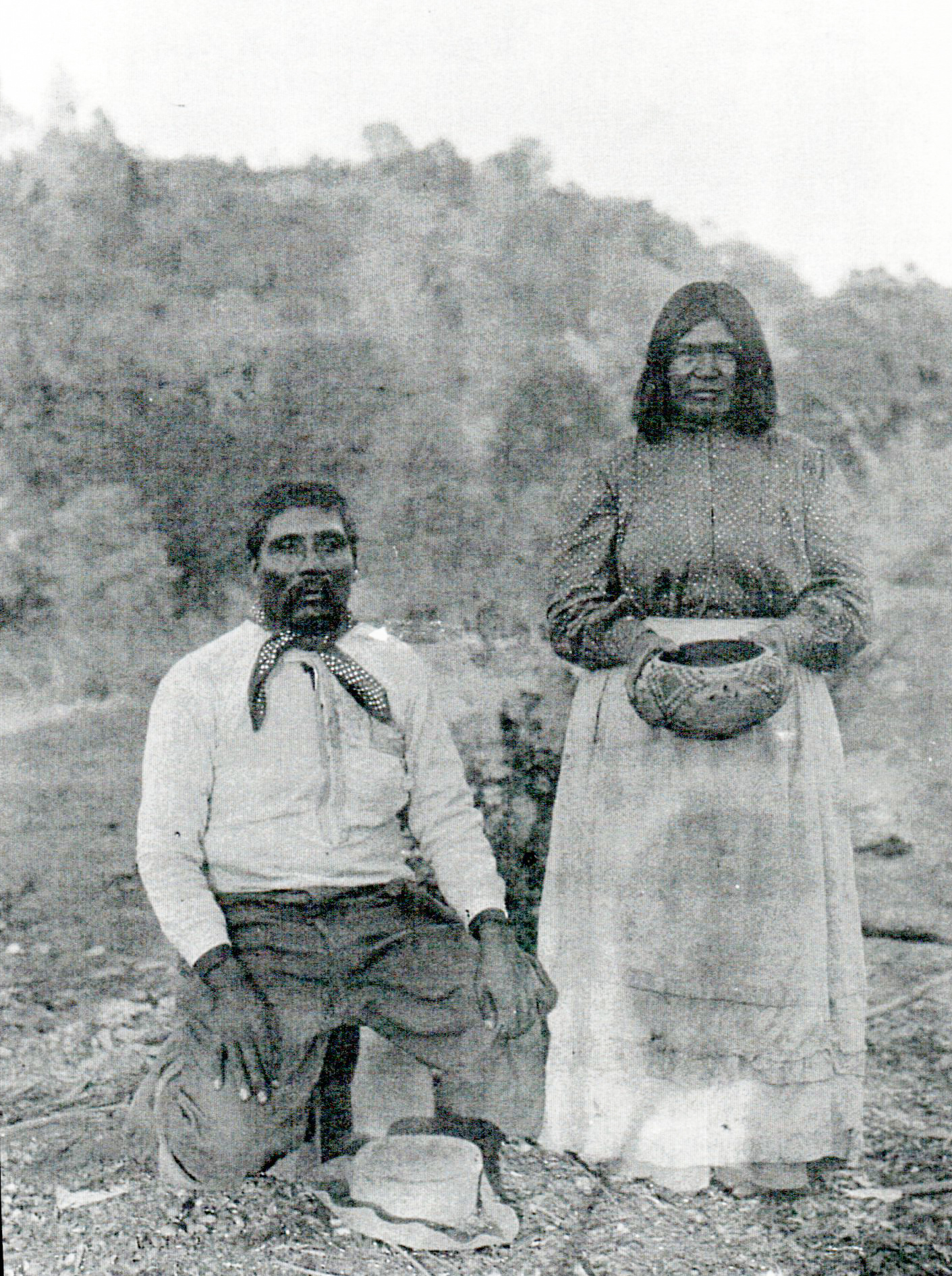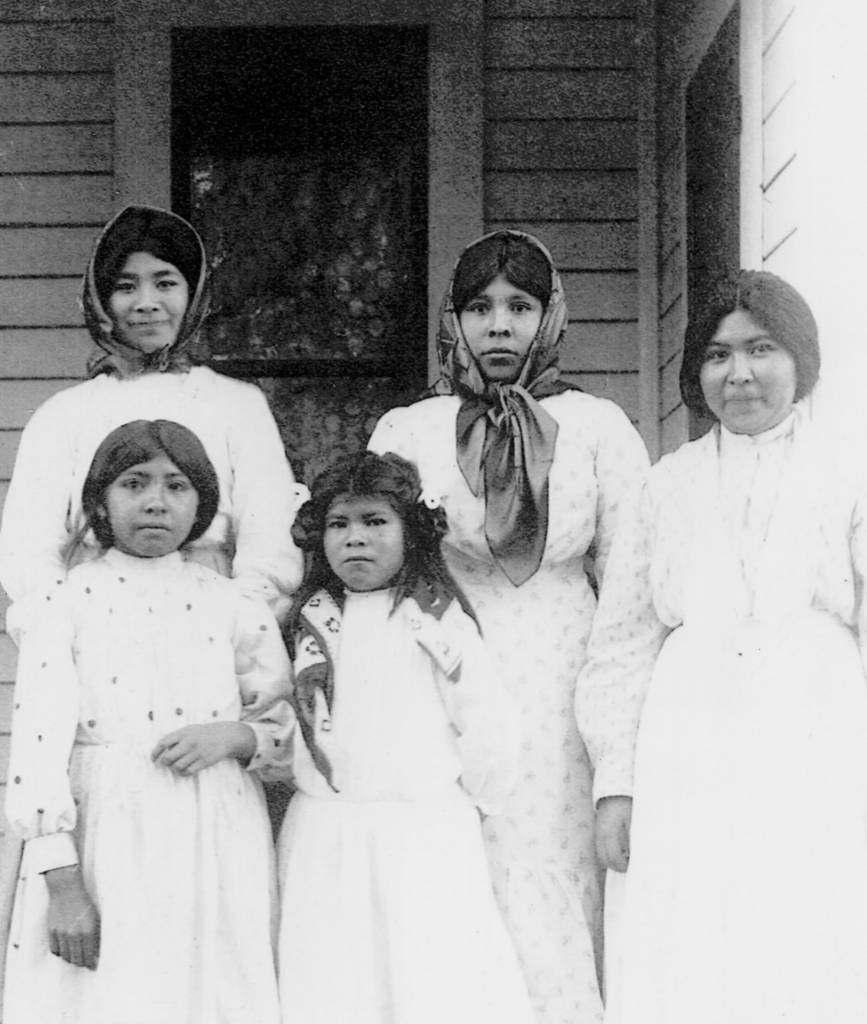
Echoes in the Redwoods: The Enduring History of California’s Pomo Nation
California, a land of unparalleled natural beauty and complex history, holds within its sprawling landscapes the ancient stories of its first peoples. Among these narratives, the history of the Pomo Nation stands as a testament to profound resilience, cultural richness, and an enduring connection to their ancestral lands. For millennia, before the arrival of European explorers and settlers, the Pomo thrived across a significant portion of what is now northern California, cultivating a sophisticated society deeply interwoven with the rhythms of their environment. Their journey, marked by innovation, immense suffering, and a vibrant cultural resurgence, offers a vital lens through which to understand the true tapestry of California’s past and present.
The Pomo people, a diverse group united by related languages, traditionally inhabited a vast area stretching from the Pacific coast inland to Clear Lake, encompassing parts of modern-day Sonoma, Mendocino, Lake, and Colusa counties. Their territories included redwood forests, fertile valleys, oak woodlands, and rich riparian ecosystems, each offering a bounty of resources that the Pomo expertly managed. This was not a homogenous nation but a collection of autonomous villages, each with its own leadership, traditions, and dialects, yet bound by kinship, trade networks, and shared cultural practices.
Life in pre-contact Pomo society was characterized by a profound understanding of their environment, practiced through sophisticated land management techniques like controlled burns to promote healthy ecosystems and enhance food sources. Their diet was incredibly diverse, centered around the acorn – a staple food meticulously gathered, processed, and stored – supplemented by salmon and other fish from rivers and lakes, deer, elk, rabbits, and a wide array of wild plants, seeds, and berries. This intricate relationship with the land fostered a sustainable existence that supported thriving communities for thousands of years.
Perhaps the most iconic and universally recognized aspect of Pomo culture is their exquisite basketry. Celebrated worldwide for its unparalleled artistry, technical mastery, and intricate beauty, Pomo baskets are more than mere utilitarian objects; they are living testaments to generations of knowledge, skill, and spiritual connection. Woven from a variety of plant materials like sedge root, willow, and redwood bark, often adorned with colorful bird feathers (quail topknots, woodpecker scalps, mallard duck feathers) and iridescent abalone shell pendants, these baskets served myriad purposes: collecting food, cooking, storage, ceremonial use, and as precious gifts. Each stitch, each feather, each design element tells a story, carrying the cultural memory and aesthetic values of the Pomo people. As one Pomo elder once remarked, "Our baskets are our history. They hold our ancestors’ hands, their wisdom, and their spirit."
The Pomo social structure was complex and well-organized, with villages often led by a headman or chief, whose authority was typically based on consensus, wisdom, and wealth (often measured in shell beads, another significant trade item). Spiritual life was rich, centered around ceremonies, dances, and a deep reverence for the natural world, understanding the interconnectedness of all living things. Oral traditions, passed down through generations, preserved their history, ethical codes, and spiritual beliefs.

The relative isolation of their inland territories meant that the Pomo experienced a somewhat delayed and less direct initial impact from the first waves of European colonization compared to coastal tribes further south. Spanish missions, established along the California coast in the late 18th and early 19th centuries, brought disease, cultural disruption, and forced labor to many indigenous groups. While the Pomo were not directly missionized on a large scale, the ripple effects were undeniable. European diseases, against which Native Californians had no immunity, spread rapidly through trade networks, decimating populations even before direct contact. The growing presence of Spanish and later Mexican ranchos also began to exert pressure on their lands and resources.
The true cataclysm, however, arrived with the American Gold Rush in 1848. The discovery of gold triggered an unprecedented influx of American settlers, driven by avarice and a pervasive doctrine of Manifest Destiny. This era marked a dark chapter in California history, as the Pomo, like countless other California tribes, faced an onslaught of violence, displacement, and disease on an unimaginable scale. Settlers, often supported by state-sanctioned militias and a legal system designed to dispossess Native peoples, encroached upon Pomo lands, destroying their food sources, and committing acts of horrific violence.
One of the most tragic and brutal incidents of this period was the Bloody Island Massacre (also known as the Clear Lake Massacre) on May 15, 1850. Following the killing of two white settlers by a group of Pomo men, in retaliation for their enslavement and brutal treatment of Pomo women, a U.S. Army detachment under Captain Nathaniel Lyon descended upon a Pomo village on an island in Clear Lake. Without distinguishing between those involved in the earlier killings and innocent villagers, soldiers massacred an estimated 60 to 400 Pomo men, women, and children. The event stands as a stark and horrific example of the genocidal policies and attitudes that prevailed during the Gold Rush era, forever scarring the landscape and the collective memory of the Pomo people.
The subsequent decades brought further devastation. Pomo lands were seized, their traditional ways of life disrupted, and their communities shattered. Failed treaties, forced removals, and the establishment of small, often inadequate reservations or "rancherias" – fragments of their ancestral domain – became the norm. The federal government’s policy of assimilation, epitomized by the forced attendance of Pomo children at boarding schools, sought to "kill the Indian to save the man," stripping them of their language, culture, and identity.
Yet, despite facing near-annihilation, the Pomo spirit refused to be extinguished. Throughout the late 19th and 20th centuries, Pomo individuals and communities fought relentlessly to preserve what remained of their heritage. Elders continued to pass down knowledge in secret, artists continued to weave, and the memory of their ancestors’ strength fueled a quiet but determined resistance.
The mid-20th century brought another challenge: the federal government’s disastrous "Termination Policy" of the 1950s and 60s, which sought to sever federal ties with tribes, ending their sovereign status and liquidating their assets. Many Pomo rancherias were terminated, leading to further loss of land, resources, and essential services, plunging communities into deeper poverty and uncertainty.
However, the tide began to turn with the rise of the self-determination movement in the 1970s. Pomo communities, alongside other Native American tribes, began to assert their sovereignty, fighting for the restoration of their federal recognition, land rights, and the right to govern themselves. Through tireless legal and political battles, many Pomo rancherias successfully regained their federal status, marking a critical step towards rebuilding and healing.
Today, the Pomo Nation is a vibrant and resilient people, actively engaged in a profound cultural resurgence. Language immersion programs are working to revive the various Pomo languages, ensuring that the voices of their ancestors continue to echo through future generations. The ancient art of basket weaving is experiencing a renaissance, with master weavers teaching younger generations, bridging the past and present. Traditional ceremonies, dances, and acorn festivals are celebrated once more, reaffirming their connection to their heritage and the land.
Modern Pomo communities have also embraced economic diversification, often including gaming, as a means to fund essential services, create jobs, and build sustainable futures for their people. They are active participants in environmental stewardship, working to protect and restore the natural resources that are so central to their identity. Issues of land repatriation, cultural preservation, and advocating for the rights of all indigenous peoples remain at the forefront of their efforts.

The history of the Pomo Tribe is not merely a tale of ancient origins and colonial suffering; it is an ongoing narrative of survival, adaptation, and unwavering spirit. From the intricate beauty of their baskets to their profound understanding of the land, the Pomo people offer invaluable lessons in sustainability, cultural endurance, and the strength of community. As their voices grow louder, sharing their stories and their wisdom, they remind us that the heart of California beats with the enduring legacy of its first peoples – a legacy that continues to shape its present and illuminate its future. The echoes in the redwoods are not just whispers of the past, but the strong, clear voices of a people who have always been, and will always be, here.


